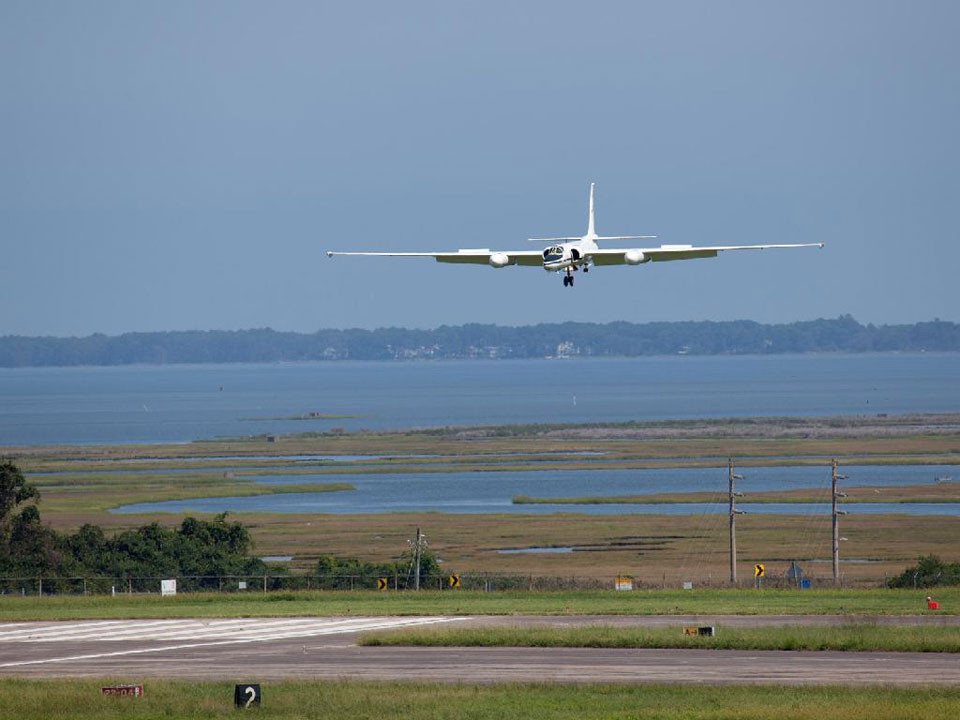NASA planes are taking to the sky to study the effects of air pollution and natural emissions that are pushed high into the atmosphere by large storms.

The study will be run out of Ellington Field in Houston, Texas, which is operated by the Johnson Space Center. The study will run from Aug. 7 through to September and will involve observations from satellites, aircraft and ground sites.
The campaign, called the Studies of Emissions, Atmospheric Composition, Clouds and Climate Coupling by Regional Surveys (SEAC4RS), is designed to probe the atmosphere from top to bottom in order to understand the effects of gases and aerosol particles in space. In particular, this study will examine intense smoke from forest fires and the natural emissions of isoprene, a carbon compound, from forests in the southeast.
Large fires can influence the properties of clouds: the particles can reflect and absorb solar energy, which can result in cooling at ground level and warming of the atmosphere.
“In summertime across the United States, emissions from large seasonal fires, metropolitan areas, and vegetation are moved upward by thunderstorms and the North American monsoon,” said Brian Toon, lead scientist of SEAC4RS. “When these chemicals get into the stratosphere, they can affect the whole Earth.
“They also may influence how thunderstorms behave. With SEAC4RS, we hope to better understand how all these things interact.”


Comments